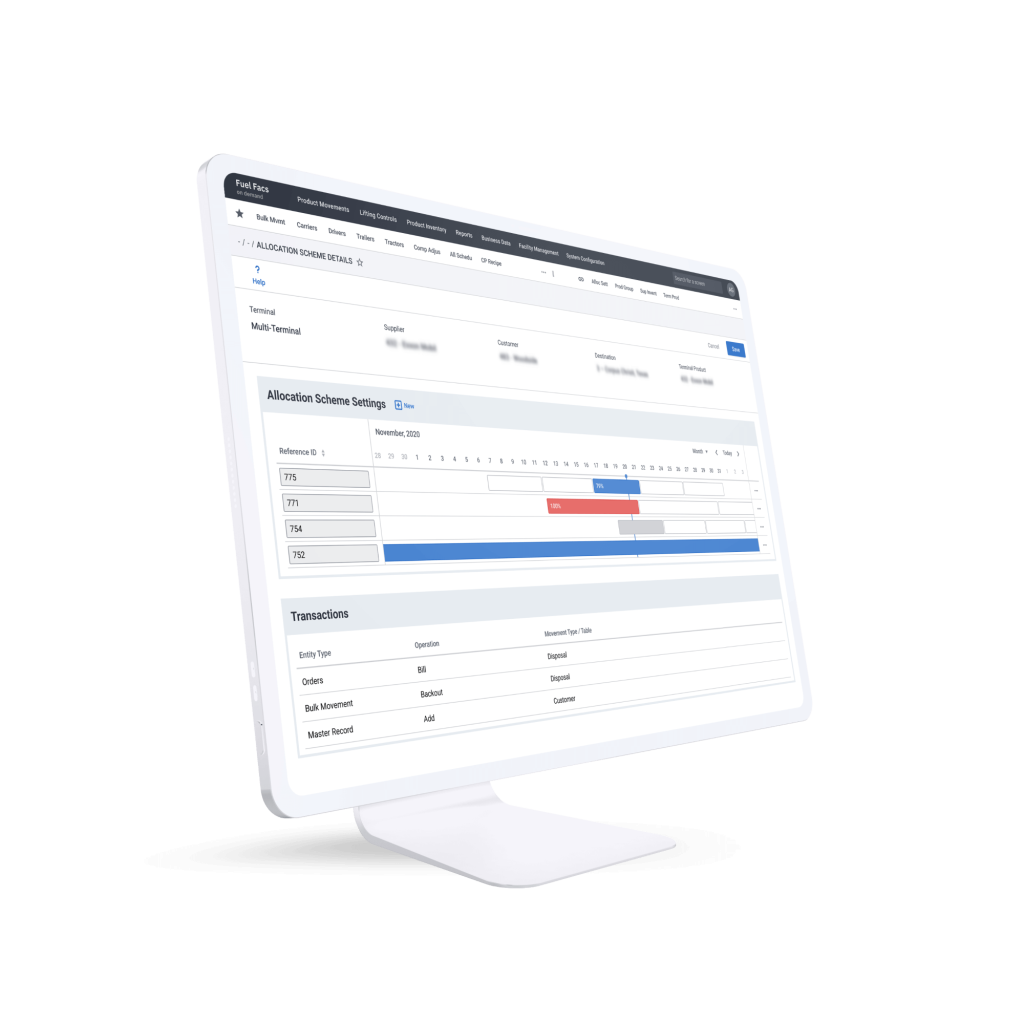While some companies persist with only an on-premises approach, it is now the exception rather than the rule. These days, most industries are pro-cloud. According to IBM, cloud migration services have been now leveraged by around 94% of organisations. However, effective management of such a complex environment may often require cloud automation tools.
The basics of cloud automation
By adopting cloud infrastructure, companies gain on-demand access to additional computing capacity and storage. At the same time, some workloads in the cloud are still executed manually. For instance, installation processes, configuring virtual machines and managing cloud computing systems usually need to be done by hand.
To speed up time-consuming manual processes, companies turn to cloud automation and orchestration tools. Cloud automation encompasses solutions and tools that help eliminate repetitive aspects managed by one or more manual processes. And while cloud automation refers to optimising a particular task, orchestration arranges several different tasks in one workflow.
Cloud automation can increase the efficiency of a handful of workflows and tasks. Let’s take a look at the most common use cases for cloud automation.
- Infrastructure-as-Code (IaC) – this refers to infrastructure provisioning, including configuring virtual servers and setting up a network, storage volumes or other cloud resources. Once the infrastructure code is ready, processes can be automated, and a manual setup is needed to configure hardware.
- Database backups – these are usually manual processes that fall under the responsibility of an IT operator, and they are performed manually during working hours. With a cloud automation tool, these processes can be automated on a fixed schedule.
- Application deployment and testing – with cloud automation tools, users can set up automatic testing of new code. After the users get the results and fix any bugs, the application can be automatically moved to the production environment.
- Hybrid cloud management – when a company uses public and private clouds, automation tools can help manage these multiple clouds by centralising with one toolset.
The top five benefits of cloud infrastructure automation tools
In our experience, cloud automation can be beneficial for companies across many industries. Logistics, fintech, retail, insurance, automotive ‒ the list could go on and on. Apart from eliminating repetitive manual tasks, cloud automation tools also offer many other advantages.
1. Enhanced security
Many users logging into systems to complete tasks by hand presents opportunities for malicious actors to access sensitive data. Automating manual processes allows a company to prevent human error and embed automated tasks with the best security practices.
Cloud automation can also be leveraged to test a system’s resilience. With continuous monitoring, it can identify and handle weak spots and potential problems. In case a server is down, cloud automation can temporarily move a workload to a working server.
2. Cost reduction
The more routine tasks that require human involvement there are, the more expenses they demand. Automating cloud-based processes reduces operational costs, minimises manual labour directed at routine fixes and allows users to focus on other tasks, like developing and innovating.
3. Seamless backup management
Data backups are a vital part of the current business landscape. The process prevents data loss in case of equipment failure, natural disaster, or cyber-attack. Automating this process streamlines the data updating process by uploading the latest information at the scheduled time, often during off-peak hours. It allows users to concentrate on top-priority tasks and be sure the data has been updated.
4. Better governance and control
Cloud automation solutions provide centralised governance and total control over deployment and operations. Manual management of cloud services creates visibility only into the currently running process, while automation offers a centralised view. Moreover, automation enhances role-based access control so that only authorised users have access rights and permissions to particular functions and data.
5. Robust scalability
Cloud automation helps teams to work on a large scale. Manual workflows can be a good fit for a small cloud environment with few virtual machines and little data to store. However, cloud automation is necessary for an environment with vast amounts of data and a plethora of users and servers.

Key risks of implementing cloud automation
By embracing cloud automation tools, organisations open the door to transformative changes that optimise business processes. However, cloud automation adoption is not without its obstacles.
There is a wide range of automation tools, but many of them come with flaws. When selecting one, consider the compatibility of architecture, the needs of your infrastructure, the automation tool’s consistency of data monitoring, the availability of powerful computing and your expected budget. Let’s turn our attention to the most common challenges for companies considering cloud automation tools.
- Lack of technical background – going into the cloud is a significant investment. A company needs to reevaluate its current technical portfolio, then choose the right tools and platforms. This kind of insight requires qualified technical experts. It takes time and investment to do things thoroughly and follow through with migration and automation because, in the end, this impacts the company’s business.
- Ensuring seamless governance – even though many automation tools offer panels to control multi-cloud environments, a part of the infrastructure sometimes remains on-premises within a sort of hybrid model. And with the cloud and on-site infrastructures remaining parts of a whole, automation solutions should be able to ensure smooth communication without disrupting the business flow.
- Data integrity – migrating large volumes of data creates a risk of data loss or leak. When migration starts, and after it is done, it requires constant and proactive monitoring to prevent accidental loopholes or “back doors” into data. It can compromise system security and create roadblocks for seamless integration of cloud automation tools.
The biggest challenge lies in defining which problems the company is trying to solve with cloud migration and cloud automation. Once you acquire the understanding, the company needs an expert team providing DevOps consulting services to assess and design infrastructure, create an airtight migration plan and follow it through.
Final thoughts
In our experience, cloud migration and automation of this process bring significant value for businesses. We have worked on more than twenty cloud infrastructure projects involving AWS, Azure and Google clouds, and Docker and Kubernetes clusters over recent years.
Cloud automation has its instruments, approaches and best practices. However, simply following a trend doesn’t always work out. Analysis has to be done, expectations need to be laid out and the right tools and platforms must be selected. Like any strategic decision, cloud automation should start with research and planning.
Want to learn more about cloud automation tools and where to start your cloud automation journey? Get in touch today!
Related Insights

















